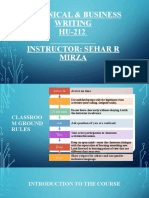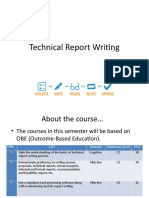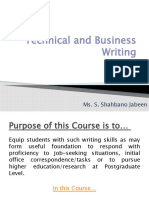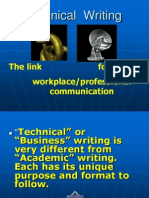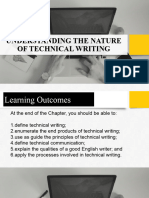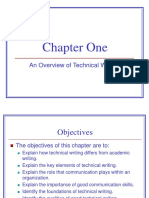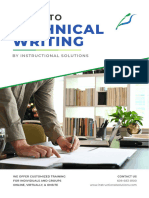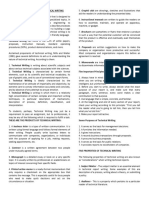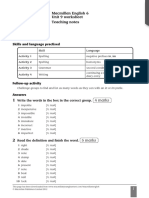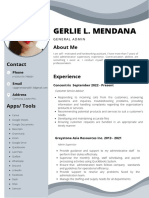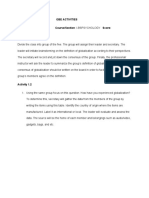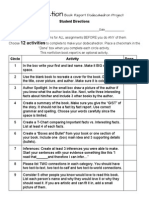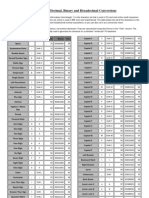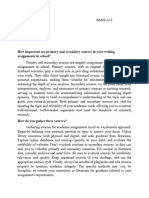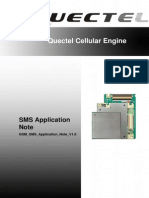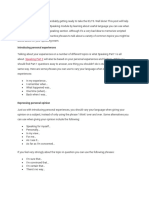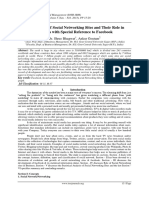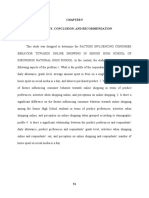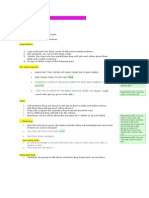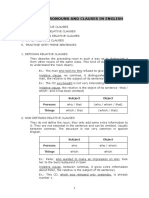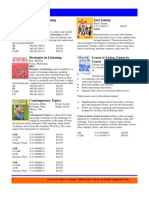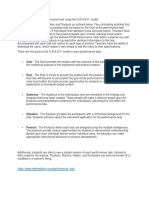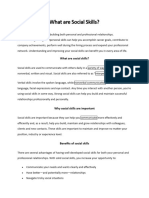0% found this document useful (0 votes)
15 views28 pagesLecture 1
The document outlines a course on report writing, covering topics such as the writing process, objectives, correspondence, document design, and the importance of technical writing. It emphasizes the significance of soft skills, communication, and the characteristics of good writing in a professional context. Additionally, it includes a grading policy and quiz questions to assess understanding of the material.
Uploaded by
mdhasn48Copyright
© © All Rights Reserved
We take content rights seriously. If you suspect this is your content, claim it here.
Available Formats
Download as PDF, TXT or read online on Scribd
0% found this document useful (0 votes)
15 views28 pagesLecture 1
The document outlines a course on report writing, covering topics such as the writing process, objectives, correspondence, document design, and the importance of technical writing. It emphasizes the significance of soft skills, communication, and the characteristics of good writing in a professional context. Additionally, it includes a grading policy and quiz questions to assess understanding of the material.
Uploaded by
mdhasn48Copyright
© © All Rights Reserved
We take content rights seriously. If you suspect this is your content, claim it here.
Available Formats
Download as PDF, TXT or read online on Scribd
/ 28





